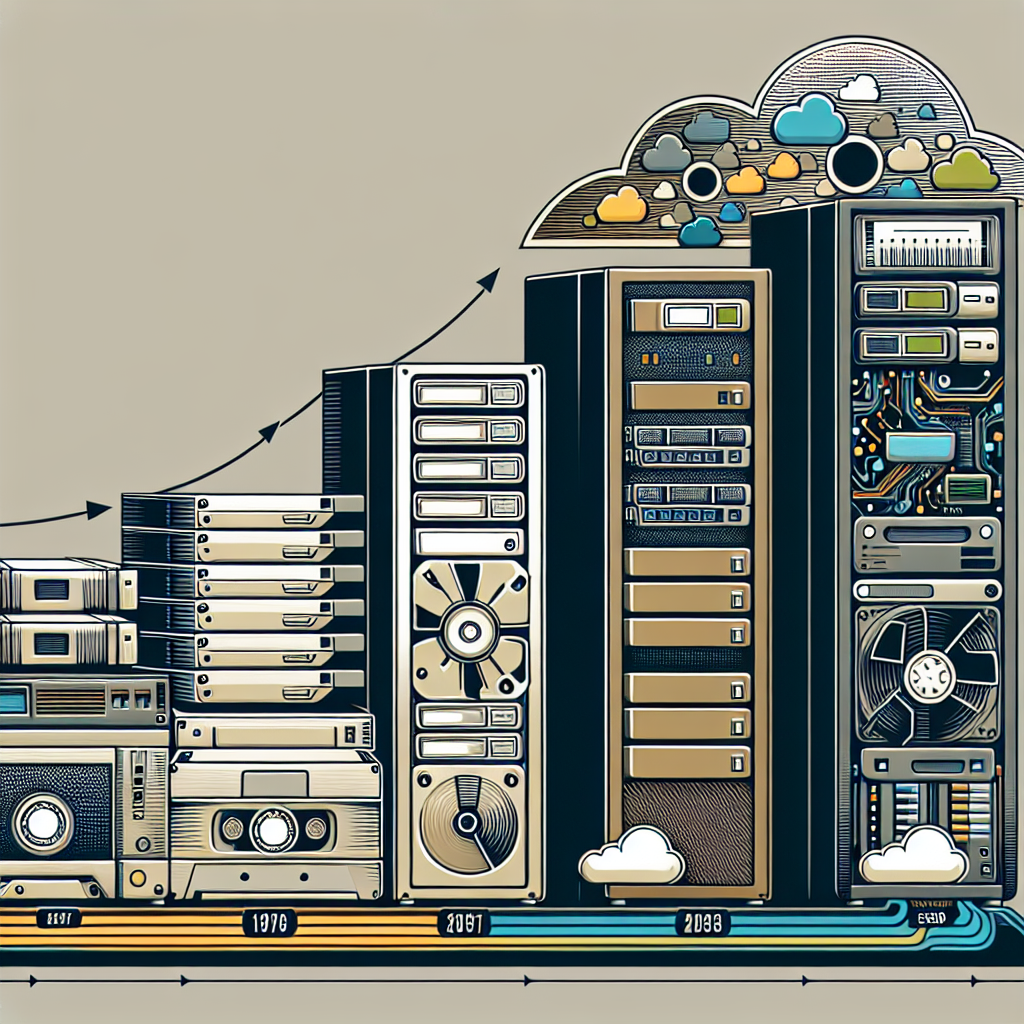Your cart is currently empty!
The Evolution of Data Center Storage: From Legacy Systems to Modern Solutions

Data storage is a critical component of any data center, as it is where all the important data and information is stored and accessed. Over the years, data center storage has evolved significantly, from legacy systems to modern solutions that are more efficient, reliable, and scalable.
In the early days of data center storage, organizations primarily relied on traditional storage systems such as hard disk drives (HDDs) and tape storage. While these systems were sufficient for storing data, they had limitations in terms of speed, capacity, and scalability. As data volumes grew, organizations struggled to keep up with the demands of storing and managing large amounts of data.
The advent of solid-state drives (SSDs) in the early 2000s marked a significant shift in data center storage technology. SSDs are much faster and more reliable than HDDs, making them ideal for storing and accessing data in real-time. SSDs also have a higher storage capacity and are more energy-efficient, making them a popular choice for modern data centers.
Another key development in data center storage is the rise of cloud storage solutions. Cloud storage allows organizations to store their data in remote servers hosted by a third-party provider, eliminating the need for on-premises storage infrastructure. Cloud storage offers scalability, flexibility, and cost savings, making it a popular choice for organizations of all sizes.
In recent years, technologies such as software-defined storage (SDS) and hyper-converged infrastructure (HCI) have further revolutionized data center storage. SDS allows organizations to separate the storage software from the underlying hardware, enabling greater flexibility and control over storage resources. HCI combines storage, compute, and networking resources into a single, integrated system, simplifying data center management and reducing costs.
Looking ahead, the future of data center storage is likely to be driven by emerging technologies such as flash storage, NVMe (Non-Volatile Memory Express), and object storage. Flash storage, which uses flash memory instead of magnetic disks, offers even faster performance and greater reliability than SSDs. NVMe is a new storage protocol designed to optimize the performance of flash storage devices. Object storage, on the other hand, is a scalable and cost-effective storage solution that is ideal for storing unstructured data such as images, videos, and documents.
Overall, the evolution of data center storage from legacy systems to modern solutions has been driven by the need for faster, more reliable, and scalable storage solutions. As data volumes continue to grow exponentially, organizations will need to adopt the latest storage technologies to keep up with the demands of the digital age. By embracing innovative storage solutions, organizations can ensure that their data remains secure, accessible, and easily manageable.

Leave a Reply